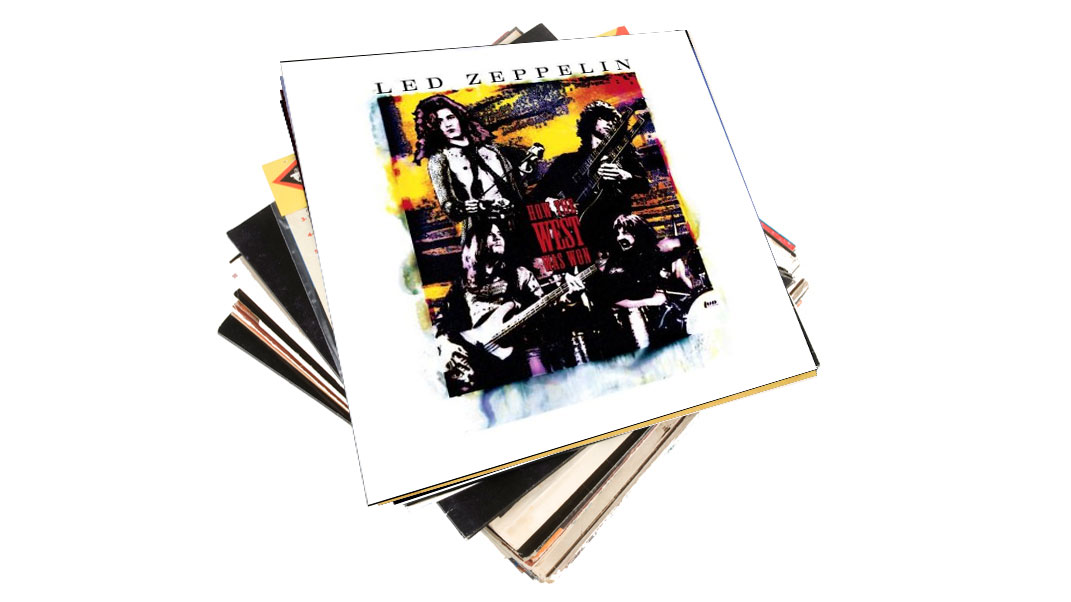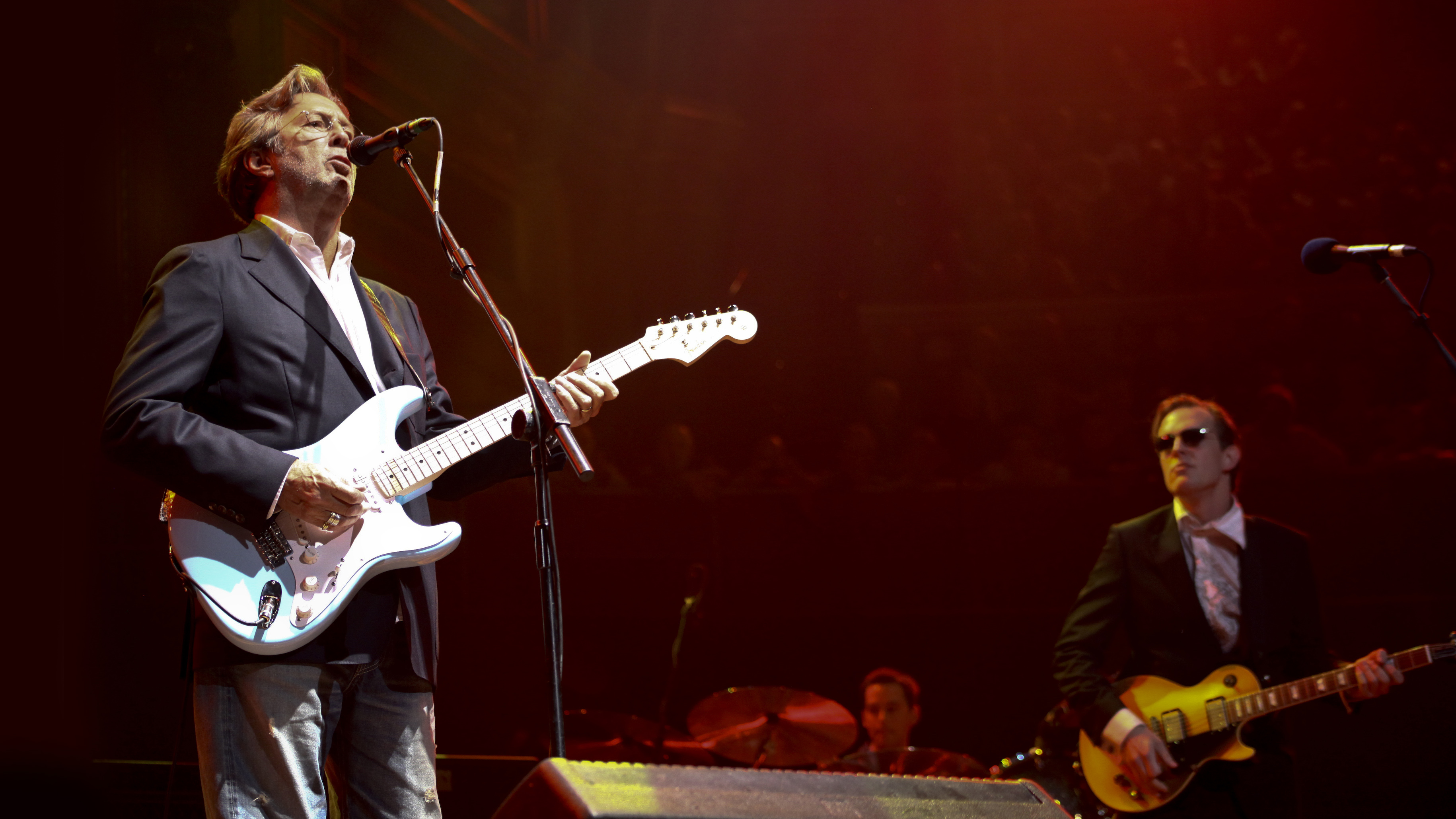"If we do this correctly, I think this could be one of the best blues songs ever!": How Joe Bonamassa and Kevin Shirley took an obscure Tim Curry track to a whole new level
"When I first heard it, I was really stricken by the guitar playing, and I was really taken by the whole vibe of it"

By the time his Sloe Gin album was released in the summer of 2007, Joe Bonamassa was already well on his way to becoming the undisputed master of 21st century blues rock and heir to the '60s blues boom throne. With five solo studio albums already tucked neatly under his belt – including a smattering of No.1s on the Billboard Blues chart – the NYC-born bluesman's talents were being heralded the world over.
Sloe Gin’s 11 tracks are a heady mix of out-and-out blues-rock stompers and folk-tinged acoustic cuts. Sitting at the record’s epicentre is the title track: eight-plus minutes of down-and-out angst, haunting organ and some of the greatest heartfelt soloing you’ll hear this side of ol’ ‘Slowhand’ Clapton himself.
While the album has gone on to be one of Bonamassa’s best-loved and best-selling platters, Sloe Gin as a song has taken on a life of its own and is still the highlight of his jaw-dropping live sets. “It’s a close call between that one, The Ballad Of John Henry and a few other songs,” pondered Joe when writer Matt Frost caught up with him for Total Guitar back in 2011 on a rare day off, “but I think Sloe Gin is probably my biggest song!”

In the 11 years since then, he's notched up even more contenders in his ever-expanding discography. But Slow Gin has some curious origins; the track was penned by Bob Ezrin and Michael Kamen and first recorded in 1978 by Rocky Horror Picture Show star and English actor extraordinaire Tim Curry, who was dabbling with a semi-successful musical career at the time. It was Bonamassa’s producer, Kevin Shirley, who first played the song to Joe.
“[Kevin] was like, ‘If we do this correctly, I think this could be one of the best blues songs ever!’” Bonamassa revealed. “I listened to it and thought it was great. Tim’s playing that role of this destitute, down-on-his-luck, I’m-down-to-my- last-swig-of-sloe-gin kind of character. When I first heard it, I was really stricken by the guitar playing, and I was really taken by the whole vibe of it.”
Sloe Gin was recorded at the Document Room Studios in Malibu, and the first version featured vocalist Doug Henthorn, the singer on Joe’s version of Tea For One. This early cut remained faithful to the lyrical expletives present in Curry’s original.
“The original words to the original song were: ‘I’m so fucking lonely!’” explained Joe. “And we played [the Henthorn version] to a few people and the two comments were: (a), ‘You know, you’re a nice guy… I dunno if you can get away with that!’ and (b), ‘This seems well within your range – why don’t you sing it?’ So I was like, ‘OK’. We went back into the studio and I just changed the lyric to: ‘I’m so damn lonely’.”
Want all the hottest music and gear news, reviews, deals, features and more, direct to your inbox? Sign up here.
Guitar-wise, Bonamassa was using a ’59 reissue Les Paul. A guitar he would later own more than one original example of. As he explained: “It predates my signature model, but it’s the one we based it on. It’s got a Bigsby on it and we used all the contours and neck shape for the signature, although it’s an Iced Tea Sunburst.
Then I used my Two-Rock Custom Signature Reverb, the Marshall Silver Jubilee and a small pedalboard with, like, a DD-3 delay, a wah and maybe a TC chorus box, and EV [Electro-Voice] speakers. The real magic, that really big tone where it sounds like it’s distorted but it’s really clean and clear? That’s the EVs… The EVs give you that feeling.”
Joe and co were able to lay down the track in just a couple of days as well. “The first section with the first solo, the verses and the bridge section were all done on a single day,” explained Joe. “Then, on the second day, we went in and decided to make this long, big solo at the end after the siren. ”
When it came to the solos on the track, Bonamassa was his usual improvisational self. “I very rarely work out parts in advance,” he told Total Guitar. “My very first take on things is usually the best and I’ve always kind of stuck to that. And the solos were done live… But the sort of Jimmy Page bits, those were overdubbed. I had the hardest time doing those. For some reason, I couldn’t get the timing. I was hearing it the way Jimmy Page would play them and I couldn’t get it, but finally I got there.”
Joe first played Sloe Gin to an audience back in early 2007 and it’s formed the key part of his live shows ever since. “The first time we played it was in Amarillo, Texas, and it got a standing ovation!” explains Bonamassa. “The record hadn’t been released and only a very few people had heard it. But when Rick [Melick], my keyboard player, went into it, we got applause like they’d heard the song! It’s just one of those familiar-sounding riffs.”
You need to resist that temptation to make it more distorted, especially on the end solo
So did Mr Bonamassa have any tips for players eager to tackle his killer take on Sloe Gin? “The key is in the tone,” he advised. “The sound has to be clear. You need to resist that temptation to make it more distorted, especially on the end solo. If you play it cleaner, it’ll come across a lot better. The other thing is that I switch positions a lot from low positions to high positions and back… So it really teaches you how to find the octaves pretty quick. But man, it’s pretty simple; it’s not rocket science or anything!”
Yeah, whatever you say, Joe!
